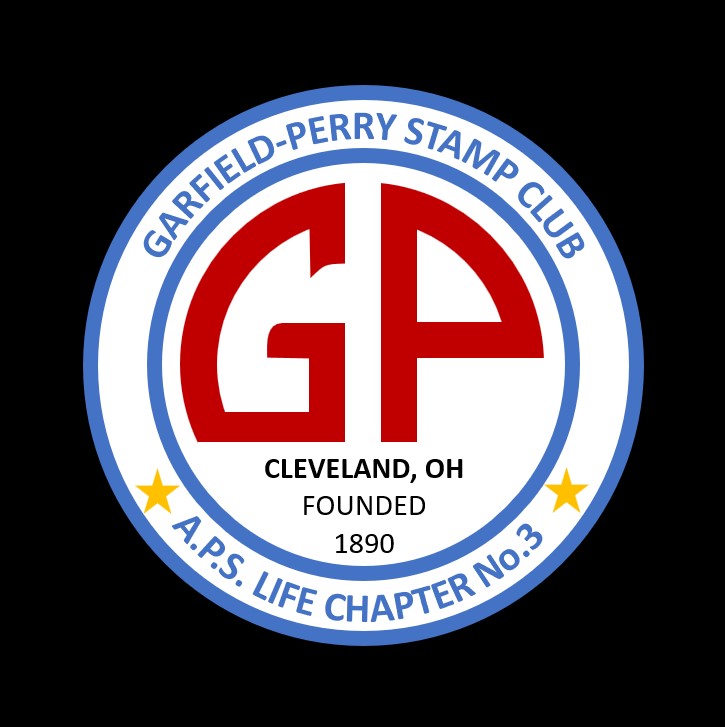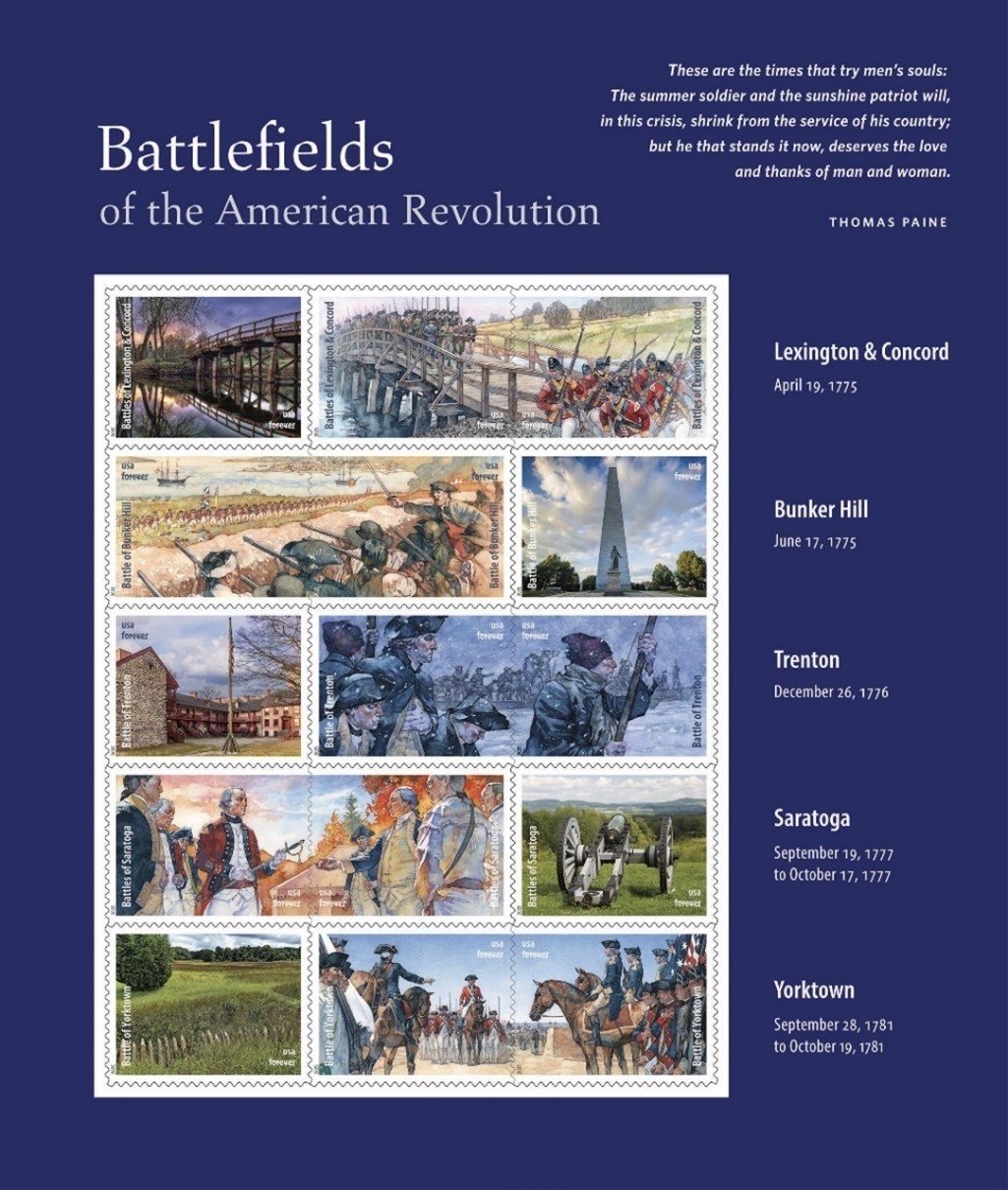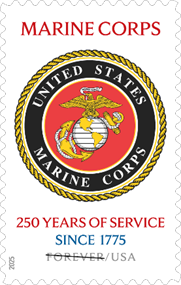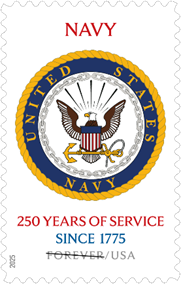By Dennis Sadowski
New Stamps Commemorate Key Moments in American Revolution
Next year marks the 250th anniversary of the Declaration of Independence and the birth of the United States. The U.S. Postal Service is going all in on the celebration, lining up a series of stamps marking key events of the American Revolution and the founding of the country on July 4, 1776.
The series started last Sept. 5 with the release of a stamp marking the 250th anniversary of the establishment of the Continental Congress. The congress came in response to action by the British Parliament in 1774 to pass laws collectively known as the Intolerable Acts aimed at quelling brewing unrest in Boston. The colonists thought otherwise.
The congress first met on Sept. 5, 1774, in Carpenter Hall in Philadelphia with delegates from 12 colonies — Georgia sent no one — to set standards for a boycott of British goods. The legislative body continued to meet throughout the revolution until the Confederation Congress took over the reins of government on March 1, 1781, following the Battle of Yorktown and Britain’s willingness to end hostilities.
The most recent addition to the stamp scene is an imaginatively designed pane of 15 stamps titled Battlefields of the American Revolution. The stamps were issued April 16 at Minute Man National Historical Park in Concord, Massachusetts.
The pane features five battles that historians consider turning points in the drive for independence: Lexington and Concord, Bunker Hill, Trenton, Saratoga and Yorktown.
Five battle scenes are depicted in watercolor paintings by artist Greg Harlin. The design of the pane finds the paintings spanning two se-tenant stamps while an adjacent stamp shows a photograph of a modern-day scene of each battlefield site.
The Battle of Lexington and Concord was the first of the Revolution. Massachusetts colonists, upset with oppressive British authority, outnumbered and outfought the Redcoats, marking the beginning of a yearslong war for independence.
The scene was set the night of April 18 when Paul Revere and other riders alerted the colonists of the march of British forces toward Concord. Minutemen and militia confronted the Redcoats early the next morning near Lexington and three hours later in Concord.
Eight years of war followed.
At Bunker Hill on June 17, 1775, the colonists experienced a tactical loss, but managed to inflict heavy casualties among the British forces, leading the Brits to alter their strategy in confronting the uprising.
Six months later, on Dec. 26, Gen. George Washington led a ragtag army across the Delaware River from Pennsylvania to New Jersey to confront and defeat a garrison of Hessian mercenaries in Trenton. Washington’s troops continued their success at Princeton a week later, buoying the independence drive.
The battles continued long after the Declaration of Independence was proclaimed. Several gunfights around Saratoga, New York, occurred in September and October 1777 as U.S. forces halted a concerted British effort to divide the colonies. The American victories gained international support for the new nation, cementing independence.
Finally, the last major battle of the war took place in Yorktown, Virginia, from Sept. 28 to Oct. 19, 1781. American forces unleashed a siege on the British, prompting them to surrender and ending the Revolutionary War.
Three branches of the military established by the Continental Congress in 1775 are slated for honor on stamps to be released on July 16 in Washington.
The Army, Navy and Marine Corps will have individual stamps of a similar design. Each features the respective branch’s emblem on a white background with the words in capital letters “250 years of service/Since 1775.”
While the three branches were disbanded after the war, they were re-established within years when federal officials realized the importance of having a standing military.
All of the stamps mentioned are marked “forever,” meaning they will always be equal in value to the 1-ounce mailing rate, currently 73 cents. Undoubtedly the stamps are just the start of what is expected to be a broad postal commemoration of the American Revolution.
Unlike past practice, none of the independence-themed stamps are being automatically distributed to post offices. If they are of interest, urge your local postmaster to order them and make them available to customers.
The stamps also can be ordered directly from the U.S. Postal Service online at store.usps.com/store/stamps.
Sadowski can be reached at sadowski.dennis@gmail.com.





